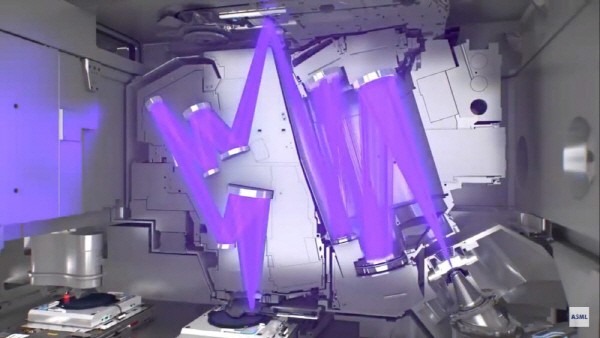Agraphene-based pellicle for the extreme ultraviolet (EUV) semiconductor process has appeared in Korea and is attracting attention.
CHARMGRAPHENE Co., Ltd. announced on the 1stthat theyhave developed a pellicle for EUV with a width of 110 mm and a length of 144 mm. The company explained that it implemented a full-size pellicle by stacking dozens of graphene layers.

EUV pellicle is a component that prevents mask contamination in the exposure process. A pellicle is needed for the purpose of reducing wafer defects resulting from mask contamination.
However, EUV pellicles have not been commercialized. This is because there has not been a product that performs enough to be applied to mass production.
The performance of the pellicle made by CHARMGRAPHENE has not been verified, so it is unknown whether it will be used in practice. The company explained that they attempted to develop a pellicle, focusing on the fact that graphene has less reaction with EUV and high mechanical strength.
Yonggi Kim, CEO of CHAMGRAPHENE, said, “EUV has a very high absorption wavelength frommost materials, so it is necessary to make a pellicle with materials that do not react. Carbon-based and silicon-based types were considered candidates. The core of this development is to build a full-size pellicle with a thickness of 25 nanometers (nm) or less by stacking about 60 to 70 graphene layers.”
According to CHARMGRAPHENE, graphene-based pellicles have been studied in academia and industry. However, in the past, the maximum size was 100 mm by 100 mm, and the thickness was also 50 to 60 nm.
CHARMGRAPHENE emphasized that they have made the full-size pellicle required by the semiconductor industry with graphene and differentiated it by reducing the thickness so that the EUV transmittance can be high.
CEO, Yonggi Kim, said, “Theoretically, the thickness is less than 25 nanometers, so it is expected to be effective in improving transmittance.We plan to continue research and development so that graphene-based pellicles can be commercialized.”

By Staff Reporter Gunil Yun (benyun@etnews.com)